If you're like most people, you don't give much thought to your water spigot until it stops working correctly. However, this small but essential component of your home's plumbing system can significantly impact your daily life.
Whether using it to water your lawn, wash your car, or fill up a kiddie pool, a suitable outdoor faucet can make these tasks a breeze.
In this article, we'll take a closer look at water fixtures, including the different types available, how to select the right one for your needs, and how to install and maintain it properly.
When choosing a suitable water spigot for your outdoor needs, there are several types to consider. Each type has unique features and benefits, so choosing the one that best suits your needs is important. Here are some of the most common types of outdoor water spigots.
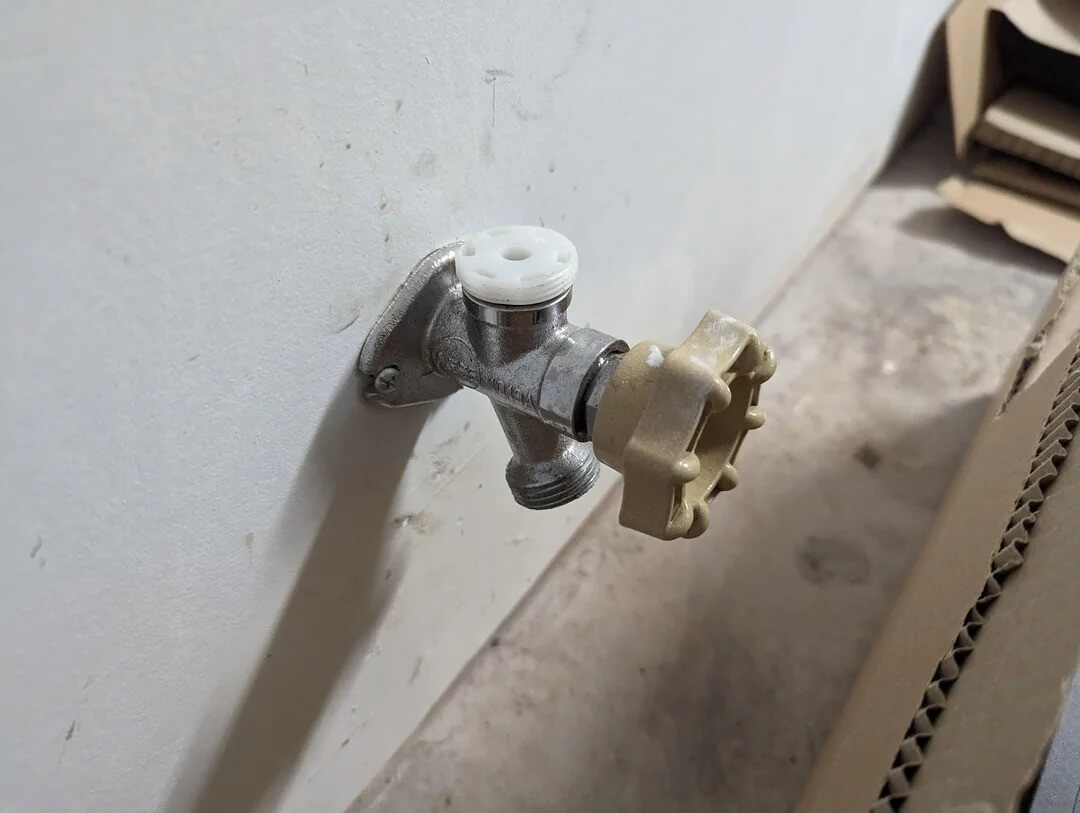
Frost-free spigots, also known as freeze-proof spigots, are designed to prevent freezing during cold weather. These spigots are typically installed with a long stem that extends into the home, allowing the water to be shut off inside the house.
Frost-free outdoor spigot types prevent water from freezing and causing damage to the spigot or plumbing.
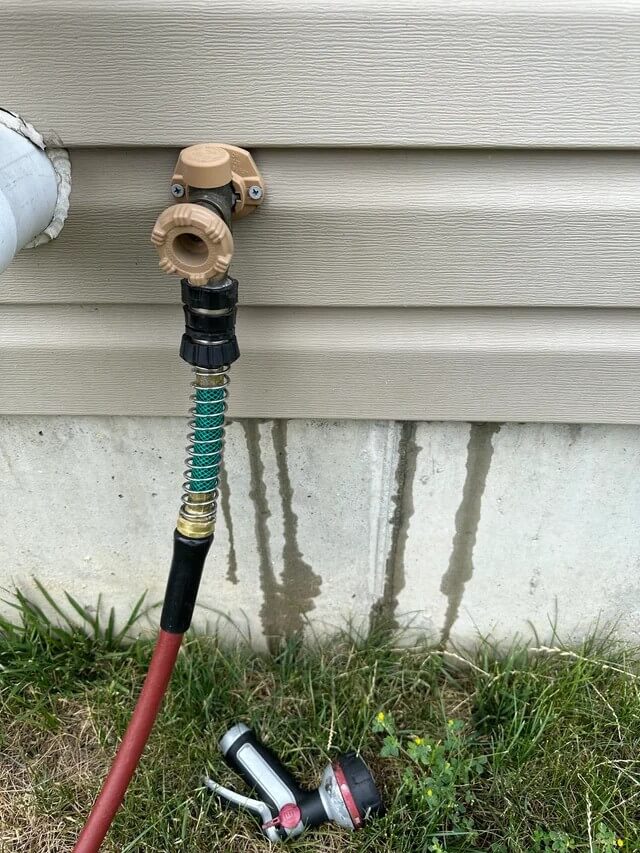
Hose bibbs, or spigots, are the most common outdoor water spigot. These spigots are typically installed on the side of the house and are used to connect hoses for watering plants, washing cars, and other outdoor tasks.
Hose bibbs types come in various styles and materials, so it's essential to choose one that is durable and weather-resistant.
Push-button spigots are a newer type of water spigot that is becoming increasingly popular. These spigots are designed with a push-button feature that lets you quickly turn the water on and off.
They are typically made of durable materials like brass or stainless steel and are designed to withstand harsh outdoor conditions.
Ball valve spigots are another type of water spigot designed to be durable and long-lasting. These spigots are typically made of brass or stainless steel and are designed with a ball valve that allows you to control the water flow.
Ball valve spigots are an excellent choice for those who want a spigot that is easy to use and built to last.
When selecting the suitable water spigot for your outdoor needs, it's essential to consider factors like weather resistance, durability, and ease of use. You can ensure a reliable water source for all your outdoor tasks by choosing the suitable spigot for your needs.
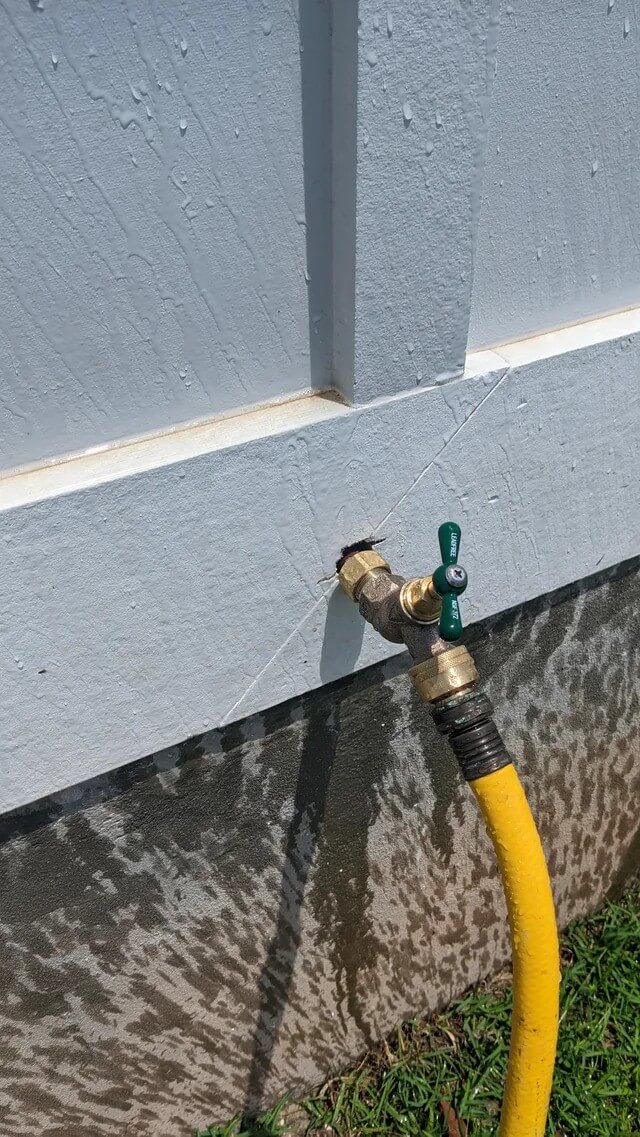
When choosing a suitable water spigot for your outdoor space, there are a few features to consider. One important feature is the material the spigot is made from. Brass and stainless steel are popular choices as they are durable and corrosion-resistant.
Another feature to consider is the handle design. A lever handle is more accessible to turn on and off, especially for those with limited hand strength.
Another essential feature to consider is the type of spigot. Basic spigots, hose bibbs, freeze-proof spigots, ball valves, yard hydrants, anti-siphon faucets and valves, outdoor showers, and outdoor kitchen/greenhouse faucets are all different types of spigots available.
Each type has unique features and benefits, so choosing the right one for your needs is essential.
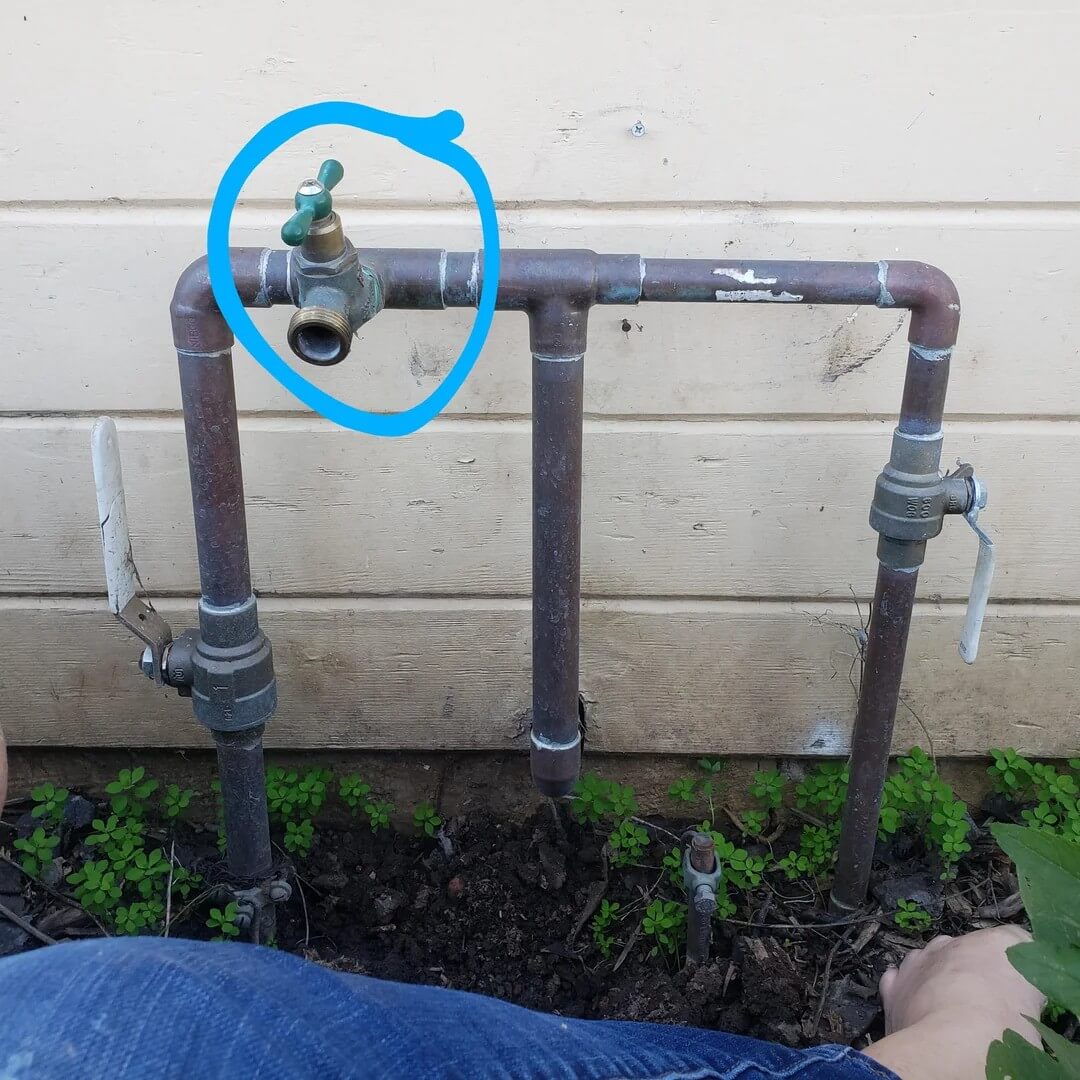
Compatibility with your water system is also essential when choosing a water spigot. Some spigots are designed to work with specific types of water systems, such as municipal or sound water systems. Choosing a spigot compatible with your water system is essential to ensure proper installation and functionality.
If you have a garden or plan to use your spigot for gardening purposes, a garden faucet may be the best option. Garden faucets are designed with a longer spout, making connecting hoses and filling watering cans easier. They also typically have a more oversized handle, making it easier to turn on and off with wet hands.
When choosing the best outdoor water faucet or spigot, consider the most critical features and ensure compatibility with your water system. With a suitable spigot, you can enjoy easy access to water for all your outdoor needs.
Installing a water spigot can be a simple DIY project that can save you money in the long run. You will need a few tools, such as a drill, pipe wrench, Teflon tape, and a spigot. Before you start, locate the nearest water supply line and turn off the water.
Next, you need to choose the right location for the spigot. It is recommended to install it on an outside wall that is close to the water supply line. You can use a stud finder to locate the studs in the wall and then mark the location for the spigot.
Once you have marked the location, you can drill a hole through the wall and install the spigot. Use Teflon tape to wrap the threads of the spigot before screwing it into the wall. Tighten the spigot with a pipe wrench and turn on the water supply to check for leaks.
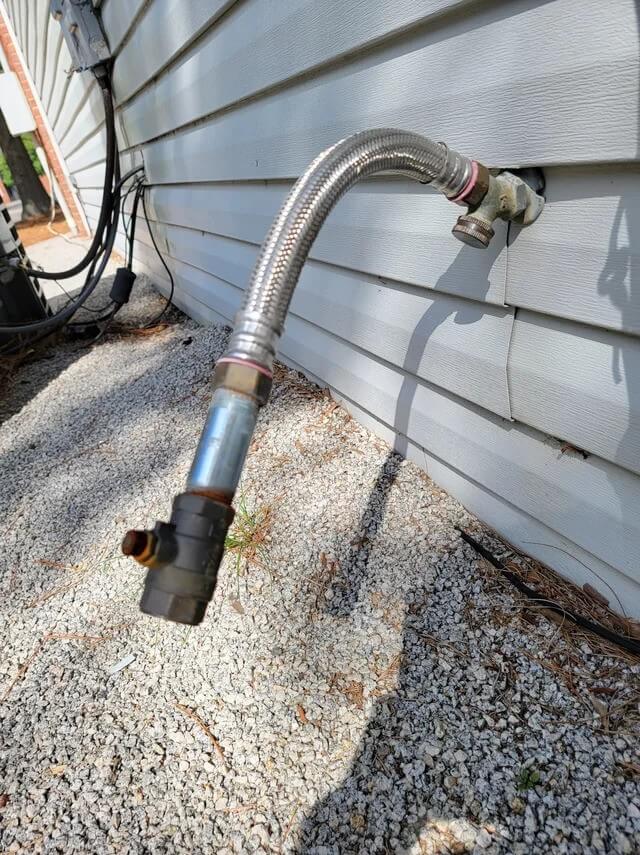
Maintaining your water spigot ensures it lasts long and functions appropriately.
Regular maintenance can also prevent leaks and other issues:
By following these simple maintenance tips, you can ensure that your water spigot functions properly and lasts for a long time.
Selecting the Right Spigot
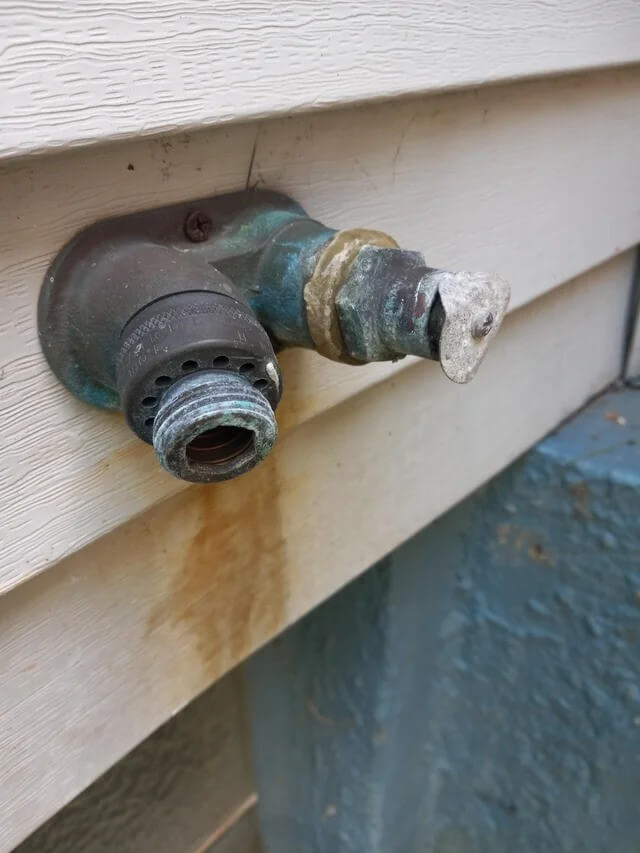
When it comes to selecting the right spigot for your outdoor needs, there are a few things to consider. Here are some factors to keep in mind when choosing a spigot:
The first thing to consider when selecting a spigot is the type of spigot you need. There are several types of outdoor spigots available, including standard hose bibs, frost-free faucets, sill cocks, and spigot faucets.
Each type of spigot offers different functionalities and features, so it's important to choose the one that best suits your needs.
When choosing a spigot, it's important to consider your water system requirements. Make sure the spigot you choose is compatible with your existing water system. You should also consider the location of the spigot.
If your spigot is located in an area that is prone to freezing temperatures, you may want to consider a frost-free faucet.
To help you choose the right spigot for your needs, here is a spigot selection guide:
| Spigot Type | Features |
| Standard Hose Bib | Basic spigot with a threaded outlet for attaching a hose |
| Frost-Free Faucet | Includes a long stem that extends into the house to prevent freezing |
| Sill Cock | Similar to a hose bib, but installed on the side of a building |
| Spigot Faucet | Features a longer spout for filling buckets and watering cans |
Water System Requirements
Make sure the spigot you choose is compatible with your water system. If you have low water pressure, you may want to consider a spigot with a larger diameter. On the other hand, if you have high water pressure, you may want to choose a spigot with a pressure regulator.
Consider the location of your spigot. If your spigot is located in an area prone to freezing temperatures, consider a frost-free faucet. It would help to consider the distance between your spigot and the area where you will be using water. Choose a spigot with a longer spout if you need to water a large area.
Selecting the suitable spigot for your outdoor needs ensures a smooth and efficient water flow. By considering factors such as spigot type, water system requirements, and location considerations, you can choose the spigot that best suits your needs.
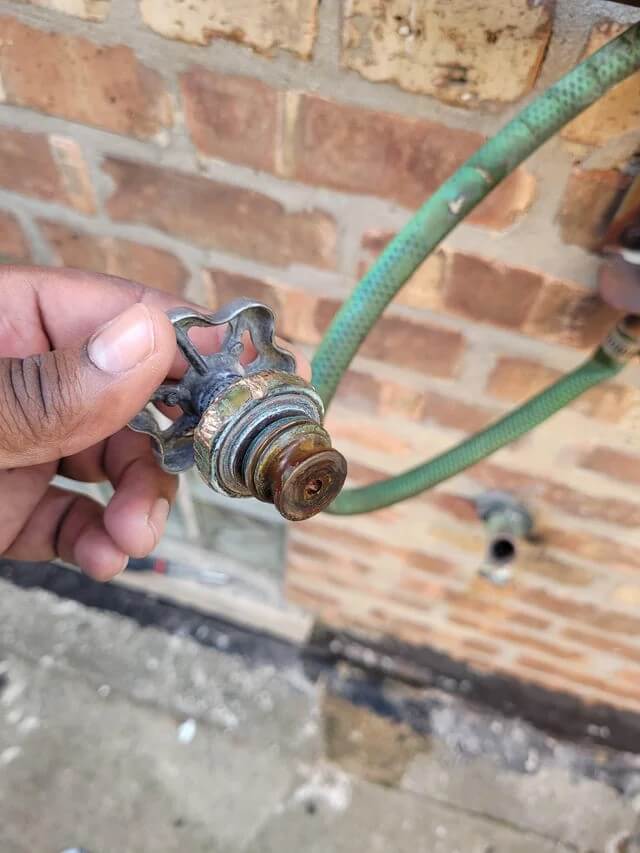
If you live in an area with cold climates, it's important to have a spigot that can withstand freezing temperatures. There are two main types of spigots that are recommended for cold climates: frost-free spigots and anti-freeze spigot designs.
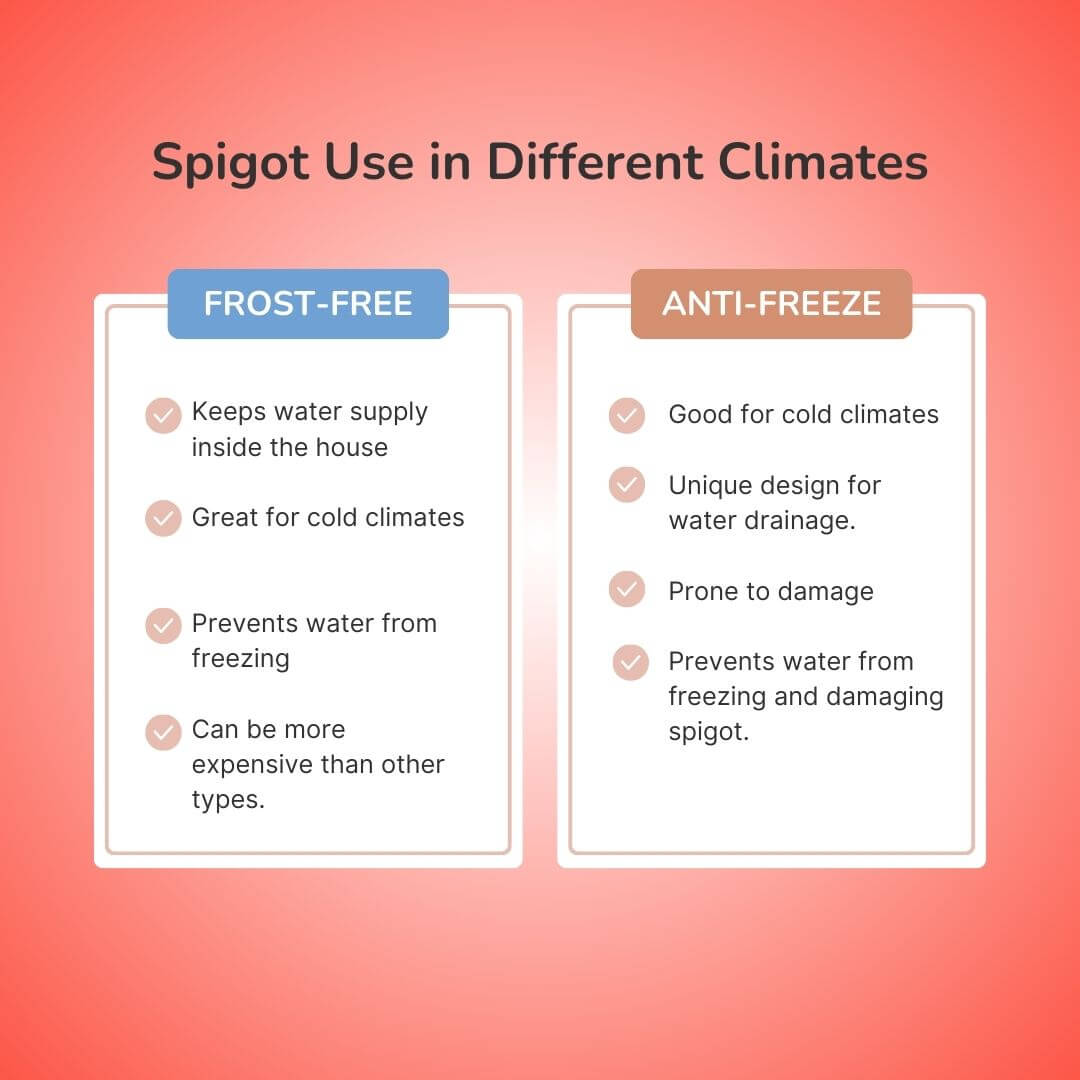
Frost-free spigots, also known as freeze-proof spigots, are designed to prevent freezing by keeping the water supply line inside the house. These spigots have a long stem that extends into the house and connects to the water supply line.
When the spigot is turned off, the water drains out of the spout and into the house, preventing the water from freezing and causing damage to the spigot.
Frost-free spigots are a great option for cold climates because they are designed to prevent freezing and are easy to use. However, they can be more expensive than other types of spigots.
Anti-freeze spigot designs are another option for cold climates. These spigots have a unique design that allows water to drain out of the spout when the spigot is turned off. This prevents the water from freezing and causing damage to the spigot.
Antifreeze spigots are an excellent option for cold climates because they are designed to prevent freezing and are easy to use. However, they can be more expensive than other types of spigots.
When choosing a spigot for cold climates, it's essential to consider the design and features of the spigot. Look for spigots designed to prevent freezing and have features that make them easy to use, such as a long stem or antifreeze design.
Choosing the suitable spigot for your climate ensures that your outdoor water supply is always available when you need it.
In conclusion there are many outdoor faucet types such as frost-free spigots, hose bibbs. Push-button spigots and ball valve spigots. Moreover in order to choose the right spigot for you make sure you take into consideration the climate and the features of the spigot.